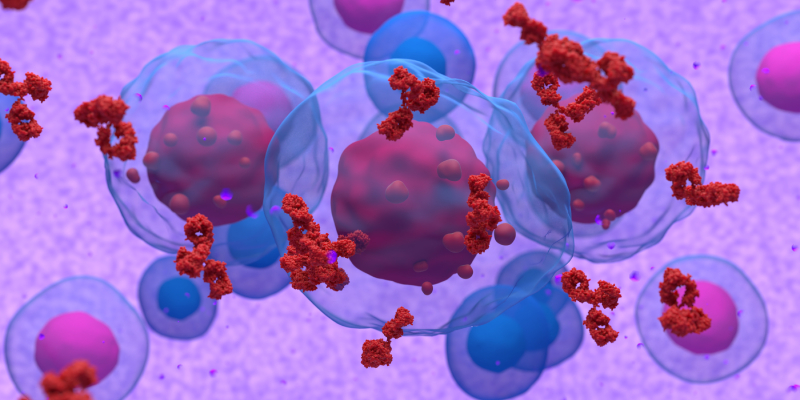
Early tapering of immunosuppressants in patients with myelofibrosis (MF) with persistent driver mutations at day 30 after allogeneic hematopoietic stem cell transplantation (HSCT) improved molecular remission rates and overall survival (OS). These results are comparable to those among patients without detectable mutations and provide insight into the risk of graft-versus-host disease (GVHD).
Driver mutational burden is present in about 90% of patients with MF. Clearance of mutations after allogeneic HSCT at 30 days after transplant is associated with better OS. Immunosuppressives are used to prevent GVHD after transplant; however, they can slow mutational clearance. This study investigated whether tapering of immunosuppressives could increase mutational burden clearance and subsequent survival.
The study included 55 patients with primary and secondary MF who had JAK2, CALR, or MPL driver mutation genotypes. After HSCT transplantation, patients were given mycophenolate mofetil for 28 days and cyclosporine A. If patients were GVHD free, they would start tapering cyclosporine over 2 months, starting at day 30. The median time spent tapering was 51 days. The median mutation burden for the 41 patients with JAK2 was 33.2% before HSCT and 1% 30 days after HSCT. For the 12 patients with CALR mutations, the median mutation burden was 45.2% before HSCT and 0.9% after HSCT. The two patients with MPL mutations had a starting median mutation burden of 75.7% and 0.2% after HSCT.
Lower mutational burden at 30 days after HSCT was associated with remission (β coefficient, 0.56; P=.046). Remission was achieved in 64% of patients with a median time to remission of 67 days. Grade IV GVHD was observed in 11% of patients who achieved molecular remission, and two patients with high-grade GVHD died. OS was 91% (95% CI, 82-100) for patients who achieved molecular remission after tapering and 39% (95% CI, 14-64) for those who did not. Disease-free survival and OS were similar for patients who achieved molecular remission through tapering compared with 112 patients who had no mutations on day 30 after HSCT.
Overall, this cohort showed that tapering to achieve molecular remission helped promote OS after transplant.
Reference
- Rathje K, Barbullushi K, Gagelmann N, et al. Early tapering of immunosuppression in MRD positive myelofibrosis patients induces molecular response and excellent outcome after hematopoietic stem cell transplantation. Abstract #3547. Presented at the American Society of Hematology Annual Meeting; December 7-10, 2024; San Diego, California.






 © 2025 Mashup Media, LLC, a Formedics Property. All Rights Reserved.
© 2025 Mashup Media, LLC, a Formedics Property. All Rights Reserved.